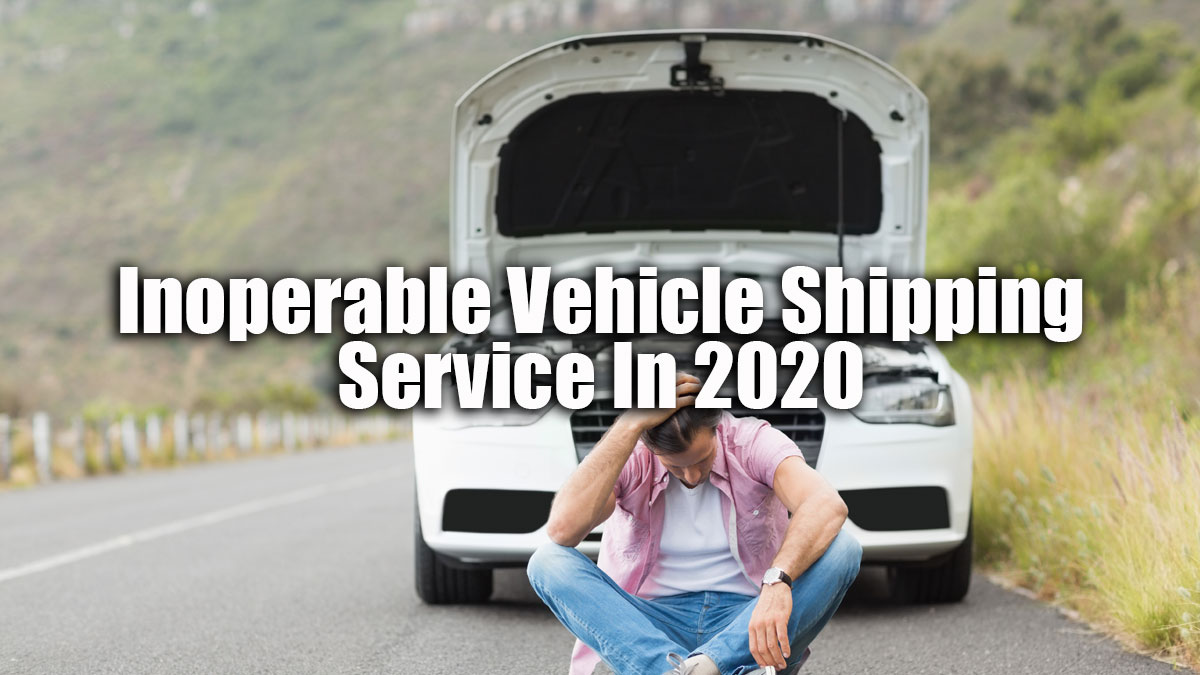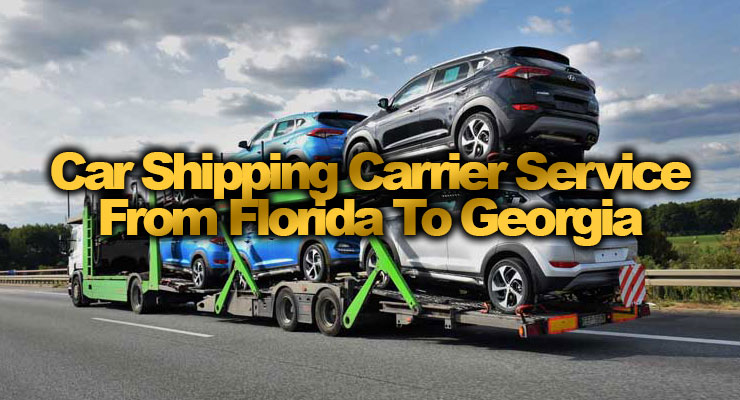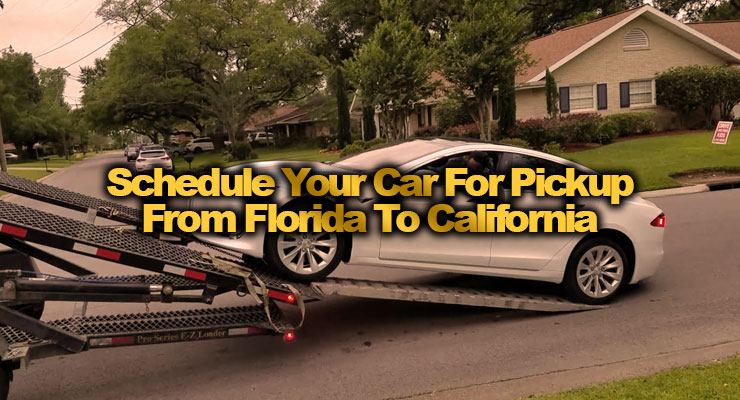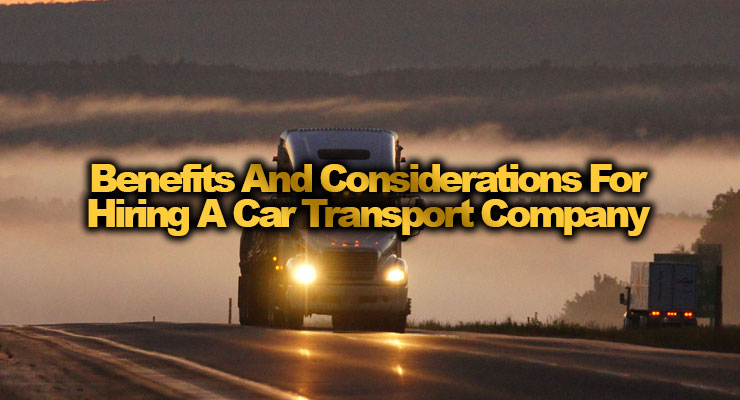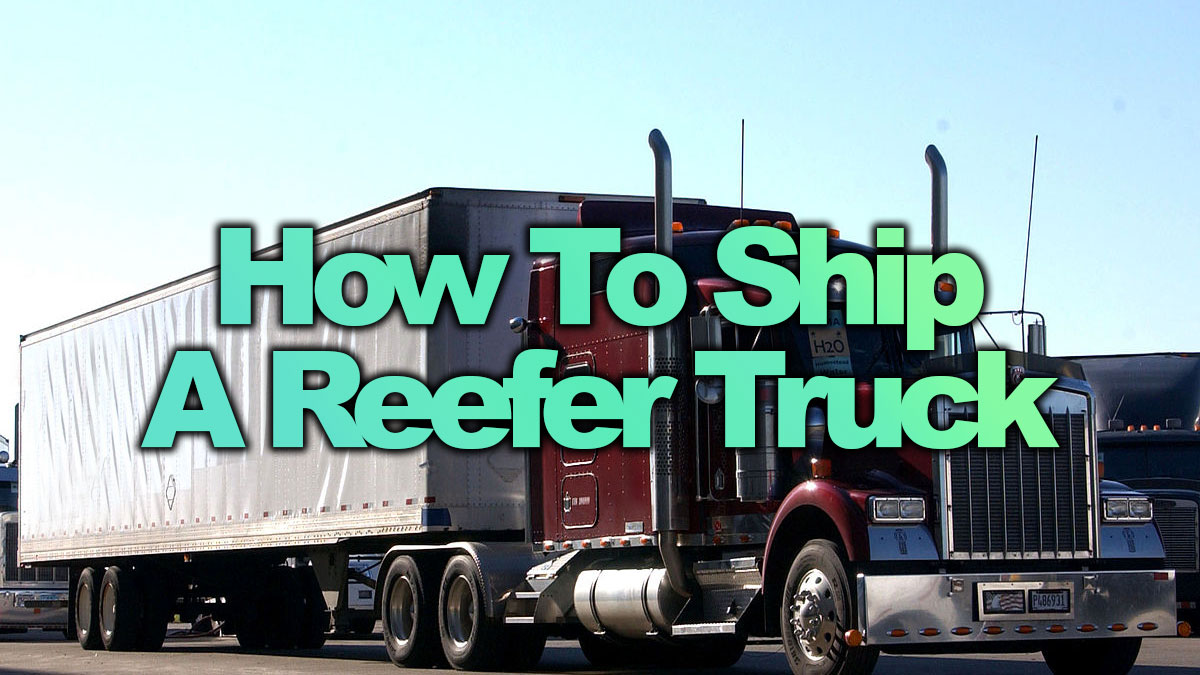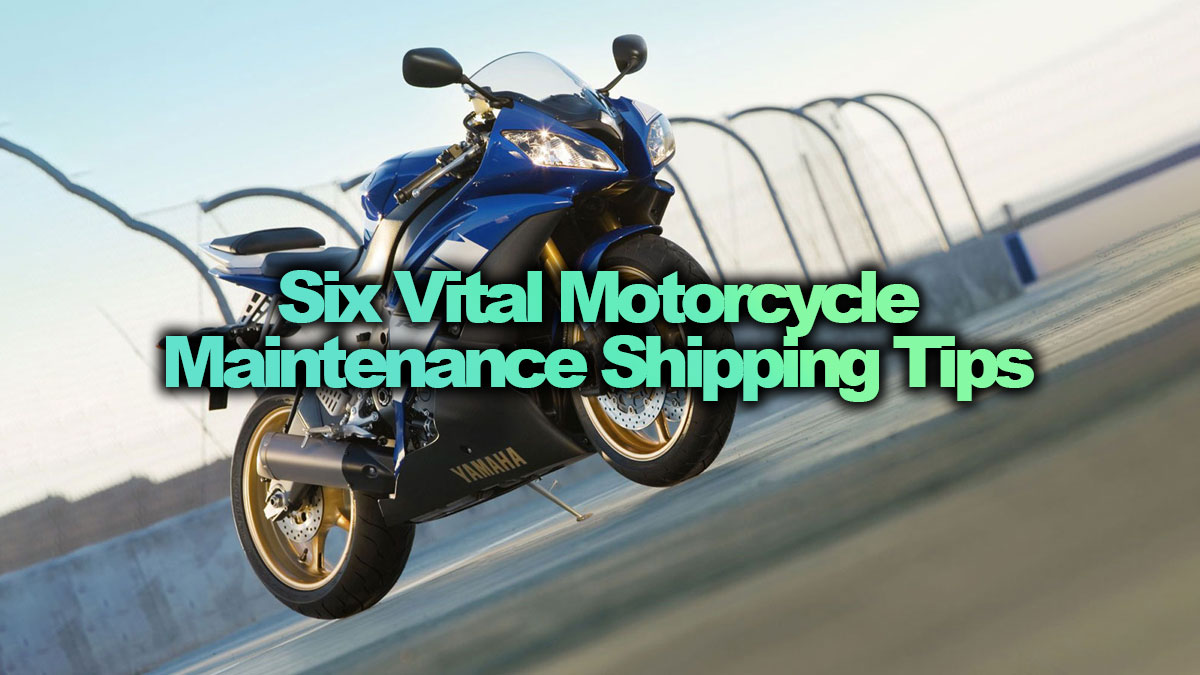ShipA1
Jan 25, 2020
Shipping a non-operable vehicle luckily is usually about as hard as it is to send a standard running vehicle. Maybe a little more complicated than a standard running automobile, but that’s beside the point. A non-running car can be a real pain to transport for some people, mainly because you know it’s not running. Inoperative vehicle accounts for a good chunk of all the cars shipped every single day, though, of course, not as many non-operable are sent as vehicles that are fully running and operational. The most vehicle that does not run only need some minor maintenance or repair, which can save you a lot of money transport time. Of course, some car is just plain inoperable, so make sure you know which your vehicle is before you ship it. Make sure to tell your auto transport representative right off the bat whether or not your car is not running. They’ll likely ask you, and if you fill out a quote request form like ours, for instance, you’ll probably have the option of selecting whether or not your vehicle is running. It’s a tiny yet incredibly important detail in the auto transport world because not all carriers can transport a non-running car. A non-running or an inoperable vehicle is a term used in the auto transport industry for any vehicle shipping that can’t be driven on and off the car carrier safely and effectively on its own power. You may already know that the primary method of loading and unloading vehicles is driving them on/off the airline. A vehicle is considered inoperable when it does not start and can’t be moved under its own power. Sound pretty clear a car with no engine or severely damaged vehicle. Yes, but not exactly.
a) We consider a vehicle inoperable if there is no key, and we can’t start it to drive it onto the trailer.
b) A car that starts but has flat tires is also considered non-running.
c) A car that starts has right tires, but no brakes are also labeled as INOPERABLE by auto transporters.
As you can see, the definition of a non-running vehicle is much broader than you might have thought.
About Non-Operational Vehicle shipping service:
When you ship a non-running vehicle, one of the first things you need to do is actually let prospective shippers know it doesn’t run. Most online quote forms will give you the option of shipping a non-running vehicle, which is a plus. But the reason why is that cars that can’t move under their own power need to be winched onto a truck, and it’s also going to cost a bit more. But not all carriers actually have a winch; it’s an optional addition to a car shipping truck. Which means that your agent will need to find one that has a winch. If they don’t know your vehicle doesn’t run and dispatch the wrong carrier to pick it up, you usually end pay the difference. Not only that, but you’re going to have to wait longer for a carrier that can handle a non-running vehicle to show up. It may cost an extra hundred bucks or so to ship a non-running car, but this saves you a lot of money over booking the wrong carrier and necessarily having to pay for inconveniencing them.
Tips for Shipping Non-Operational Vehicle:
We’ve mentioned how you’ll want to make sure to tell your agent your vehicle doesn’t run. Another good tip is to know why it’s not running. If the starter is bad, replacing it will likely cost less than the fee to ship a non-running vehicle. The same goes for if the tires are flat, or if the car needs a key or fuel or something. If you can get it running for less than about $150, it’s usually worth it. If the vehicle isn’t running because it’s a heap of twisted metal, make sure to tell your agent that. Shipping wrecked cars come with inherent difficulties, especially if they can’t roll or steer properly. This can also affect prices and services. Note too that it may take a bit longer to find a car carrier willing to ship a wrecked vehicle. So, if yours is wrecked, talk to an agent.
1: Hire the right Shipping company:
- We mentioned this before, but it cannot be overstated. To safely load and unload your inoperable vehicle, the auto transport company needs to know what they are doing. Hire a company with a driver who is equipped and qualified to handle the task at hand. At Ship-A1, we hire nothing but the best. We understand that it takes time, effort, and expertise to transport your car safely to its destination.
- 2: Inform the company about the car’s condition:
- The auto shipping company cannot properly assist you in transporting your vehicle if they do not know that it does not run. You must tell the company when booking that is inoperable. This way, they have all the necessary equipment and human resources before showing up at your door. This will also prevent any added fees or time delays.
- 3: Know what is wrong with the car:
- A major part of telling your auto shipper that it does not run is knowing why it does not run. Maybe, the problem is an easy fix. It might cost you less to fix the car and ship as a running vehicle than to ship as a non-running car. This would be the case if a dead battery or flat tires were the problems. If it is the wrecked car, then you should understand what does and doesn’t work to inform the auto transporter. Does the car roll? Does it brake? Can you steer it? These are all great questions to ask yourself.
- 4: Book ahead of time:
- Car shipping takes proper planning. Not only must the auto shipper make the appropriate preparations, but you must, as well. There may be some preparation tasks that you need to take care of prior to shipping. In addition, booking ahead of time ensures that you get the best car transport rate, as well as the pick-up and drop-off time that you prefer. Be aware of the busy times in the auto transport industry, typically in the summer.
- 5: Prepare your car for shipping:
- As we mentioned, there are some preparation steps that you must take to ensure that your car is ready to be loaded and transported. The most important one is to secure all loose parts on the vehicle shipping. In addition, you should remove all personal belongings from inside the car. We are not responsible for lost or damaged items.

How to Handel Non-operational Vehicle:
The best way is always properly to represent the vehicle. It’s a common misconception that is a customer reveals other issues such as that the non-running/inoperable vehicle doesn’t roll, has spare parts, or is a track car that it will be a reason to raise the price. That is actually not the case. In most situations, it won’t, but we do need to know details about the vehicle in order to send out the right carrier with the right equipment that has the knowledge of your specific vehicle’s condition. We can help with various unique situations, so don’t hold back as asking your advisor questions on what to do.
Shipping a Car That Doesn’t sound Run / Inoperable:
The car is inoperable condition, and you need it transported. Perhaps you found a great vehicle, a seller, and a seller, and the pricing is perfect for your budget, but it doesn’t run. You believe you can fix it to be able to use it or sell it. Maybe you are a hobbyist that has several projects, and you’re moving to another home, needing to ship your inoperable vehicle shipping out. We transport and ship all types of “INOPS.”
Non-Operational Shipping:
For some customers, it’s a classic that doesn’t run from a seller or family. Sometimes you find the car of your dreams and can only afford it if you make the repairs yourself to bring it back to life. We love those! It makes us happy to see customers start their dream project.
Don’t Be Intimidated About Transporting an Inoperable Vehicle:
You’re not going to be charged a fortune to ship an inoperable vehicle. It can be a car, truck, SUV, or even transporting of an RV that doesn’t run. There are a few pointers here that will help you understand the process quickly. So, let’s begin. The average cost for a short distance auto transport is usually just an additional $25 or $50 for a vehicle that does not run. For long distances, it could be up to $150 more on average, and the window of pick up is longer than the usual 24 to 48 hours we offer to our regular long-distance auto transport. Inoperable vehicles can take an average of three days to get picked up if it’s ASAP. The reason for this is due to the far less amount of properly equipped trucks available to move a vehicle that does not run. For example, in most of these cases, carriers will need a winch or lift to pull the car, which requires a little extra work to move it on to the loading area. For conventional vehicles that do run and require long-distance transport, we usually use the ten cars, two-story trailers. However, these have various ramps that are adjusted as each vehicle is moved back-and-forth into its position. A car that does not run would be nearly impossible to winch on a conventional truck like that one. Therefore a different type of vehicle that is a little less common for long-distance moves is used. Like a three-car hauler truck equipped with a wedge trailer.

